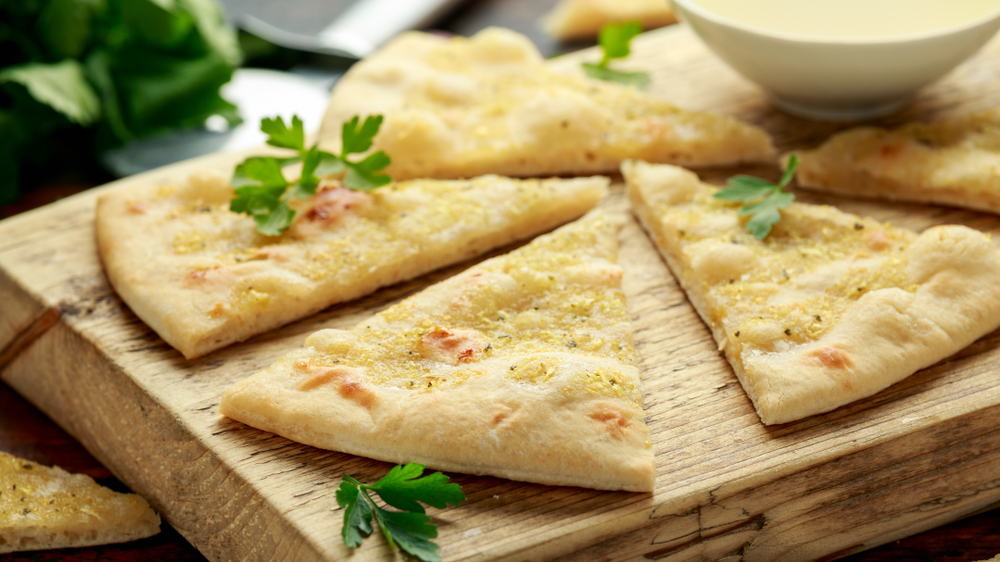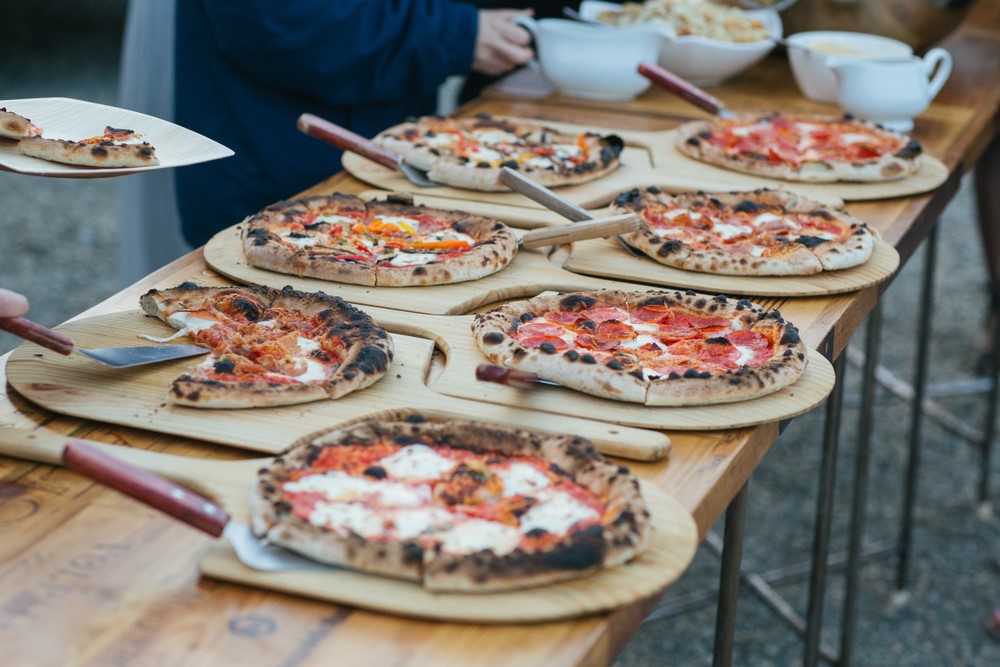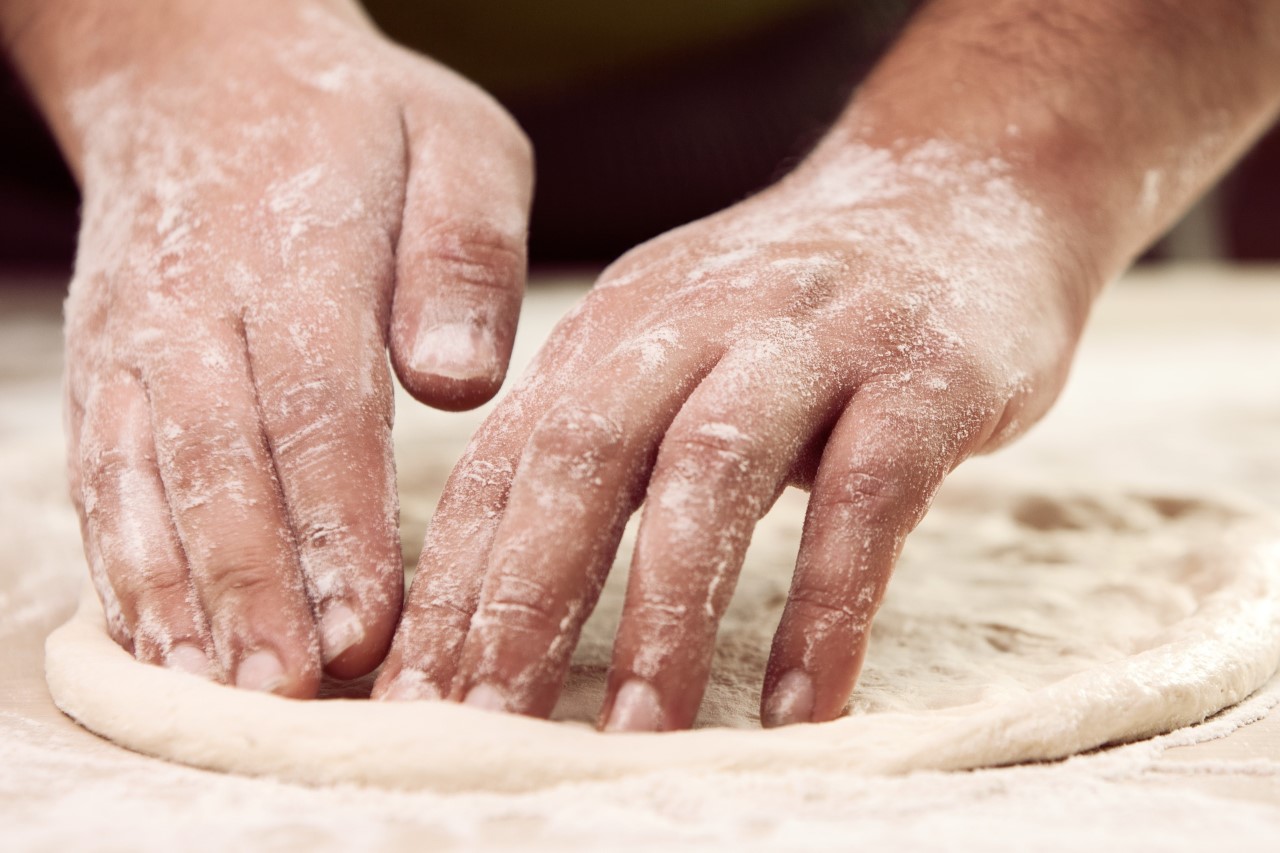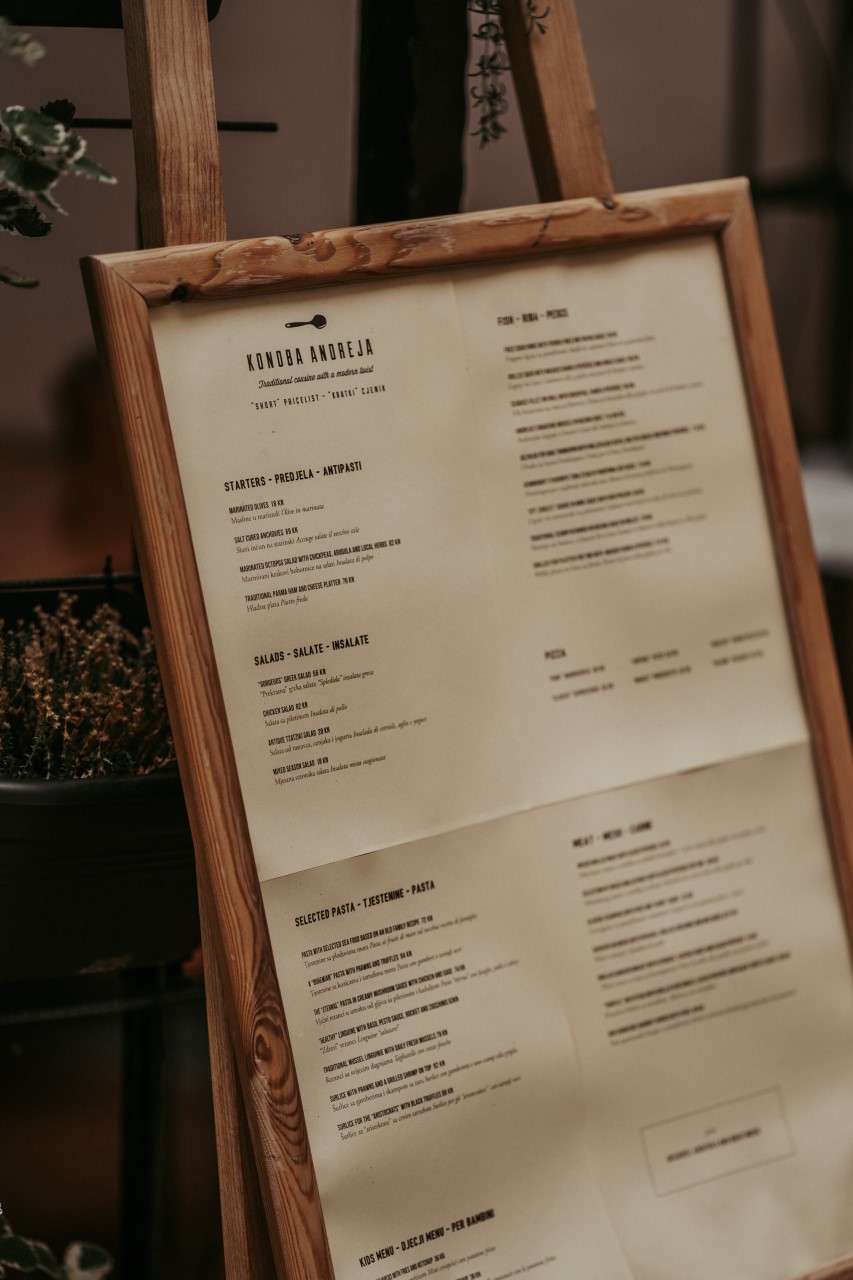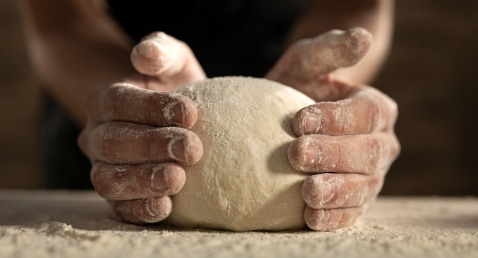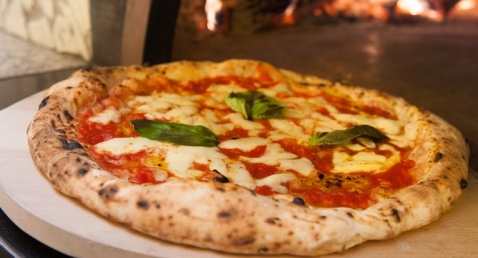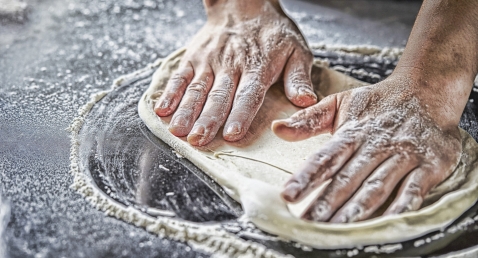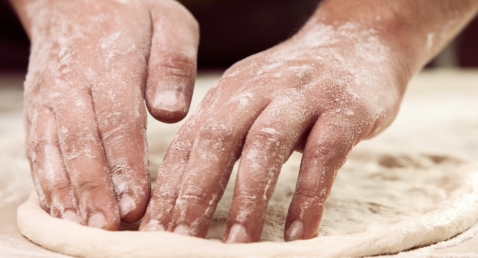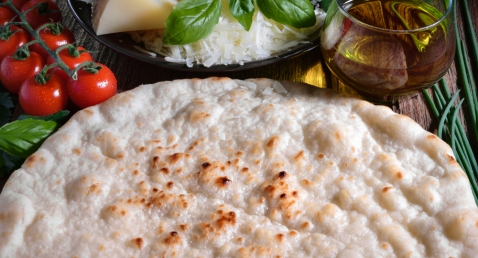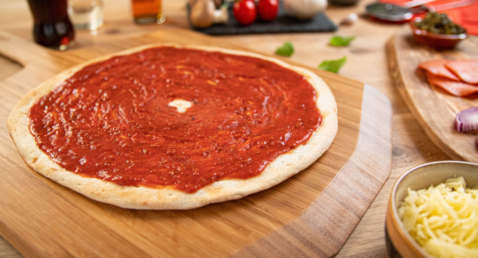What’s the difference between a business which is surviving and one that is thriving?
The sad truth is that far too many food businesses in the UK are only just getting by. They are run by people who are overworked, stressed out, dealing with too many day to day difficulties and often not showing enough profit to make it worth the effort.
But it doesn’t have to be this way. There are a minority (and unfortunately it is a minority) of food businesses that thrive whatever the circumstances. They have their fair share of problems, but they still manage to generate good levels of profit week in week out.
One of the main differences between a surviving business and a thriving one is a thorough understanding of their revenue model and the communication strategies and marketing they need to do that underpins it.
Running a business comes down to numbers. And to make a business thrive, these numbers have to be clearly understood. For most food businesses, it will come down to this.
Based on the average customer spend, how many customers do you need to visit your business each week to make the profit you want to make?
To calculate this, you’ll need to know your average spend (revenue/number of customers) and your average margin. You’ll also need to know your overhead cost, which is a total of staff wages, electricity, business rates, rent etc.
Say you want to make £1,000 net profit per week.
Your average spend per customer net of VAT is £15.
You operate on a 70% Margin, net of VAT.
This means your average gross profit per customer is £10.50.
Your overheads are £2,000 per week.
Add your desired £1,000 profit to your overheads to make £3,000.
Divide this figure by your average profit per customer (£10.50) and you have the answer. 3000/10.5 = 285.
You need a minimum of 285 customers to come through your door every week to make the profit you want to make.
If on any given week, you serve less than 285 customers, you are not making the money you want to make, and at worst case scenario may end up losing money.
So how can you increase your chances of getting the number of covers you need week in week out and making your business the success you deserve it to be?
Firstly, a reality check. The difference between thriving and surviving businesses is often how much time and attention they give to focussing on marketing and revenue generation each week. A well marketed business that focusses heavily on this will massively outperform one that doesn’t, even if they both have the same standard of food and service. So whatever else is going on in the business,it should be a priority to dedicate some time each week to looking at how to attract new customers and bring existing ones back in more often. Doing this for even an hour each week will pay dividends. No business can survive without enough customers coming through the door, so are you putting enough time and energy into ensuring you have a steady flow of customers coming to your business?
Here are 5 simple things to focus on to attract new customers to your business and keep them coming back.
1. Reviews.
Consumer opinion now travels faster and further than ever before.
88% of people trust online reviews as much as a personal recommendation.
90% of people read business reviews online before they visit a business.
Customers spend 31% more with a business that has a positive review score on Trip Advisor/Google etc.
These days your reviews are the lifeblood of your business and can be the difference between customers choosing to eat with you or a competitor. Bad reviews are inevitable and you can never please everybody, but people understand that bad reviews can often be attributable to specific factors on the night or are just down to certain people being unreasonable so you shouldn’t worry unduly about having a minority of bad reviews. You should concentrate on getting as many reviews as you can and having a strategy to encourage customers to leave you reviews after eating at your business.
One simple way to do this is simply to ask them if they were happy at the end of the meal (which you should do anyway) and then to ask them if they would be willing to leave you a review on TripAdvisor/Google or whatever review site you use most. By asking in person, you make it far more likely that a customer will take action and leave you a review.
You also have the opportunity to discuss any issues with them if it turns out that they weren’t happy. How many times do you see owners responding to negative reviews by saying ‘we wish you had spoken to us at the time.’ But the truth is that people in the UK don’t like to complain and are far more comfortable doing it sat behind a keyboard than they are doing it in person.
So by being open with them at the end of their meal and giving them the opportunity to give you any feedback, you make it far less likely they will post a bad review. If it turns out they are not happy for any reason and you feel they are justified in their complaint, consider knocking something off their bill. In many cases this will avoid them posting a negative review which could cost you more in the long run.
2. Visibility.
How can you attract more customers who drive or walk past your business? Something as simple as a blackboard or A-frame board is a very simple but often neglected strategy to increase your visibility and attract more customers inside to eat. However there are some best practise points when doing this. We have all seen badly written blackboards, scrawled messages
that look unprofessional and barely legible. Ensure your message is written clearly and neatly. First impressions count and you could actually be putting people off coming in if your message looks scruffy.
The next thing to think about is what is the most compelling thing you can communicate to potential customers driving past or walking past your business? Try and avoid being the same as others and think about what can make you stand out and look unique. You could communicate any of the following.
· Free garlic bread for any table of 4 or more customers
· The best pizza/steak/fish and chips (or other menu item you excel in) in town
· 1 FREE kids meal for any family of 4 or more
· Can you come up with something attention seeking and eye catching? Here are some real life examples for some inspiration.
3. Build a database.
It is 6 times cheaper to market to existing customers than new ones. People love familiarity (one reason why big chains are popular) and the more familiar you can make people with your business over time, the ‘stickier’ they will become as customers to you. So ensure you don’t let good customers forget about you. The cheapest and easiest way to do this is to build a database of your customers and send them offers or information by email. So have a system in place to ask customers if they would be willing to give you their email address in return for being sent offers or news every now and again. Use an email marketing system such as Mail Chimp to manage your email communications and ensure not to overcommunicate. A frequency of around one email a month should work well and try to keep things exciting by sharing news about new menus/offers/seasonal specials or anything else that could be of interest to them and make them want to come again.
4. Spend an hour on your Google listing.
Google is the only search engine that matters these days. Google allows you to have a free listing that is invaluable as a business. However thousands of businesses haven’t claimed their listings and given this is the first place customers look, it’s vital that this is claimed and up to date. Not only can you input your address and basic details, but you can also add pictures and even videos to your listing to give customers a good idea of what your business can offer. A well populated google listing can make a great first impression so make sure your business has this covered. You only have to do it once and it will work away in the background for you. https://www.google.co.uk/business/
5. Direct Mail Leaflet Campaigns. We live in an age where our email inboxes are bombarded with messages from hundreds of different sources. Our attention spans are short and receiving more and more emails over time means we tend to ignore a lot of what comes into our inbox. This used to be the case with our letterboxes years ago. But these days we receive far less physical mail through our doors and this means a good opportunity to use this strategy as a great way to get new customers in your area to know about your business.
Use the tried and tested AIDA formula to write your leaflet.
Attention – Interest – Desire – Action
Here’s an example:
Imagine treating yourself to a delicious pizza in a relaxing environment with friends and family
You’re guaranteed a warm welcome when you visit our restaurant. We’d love to have the opportunity to show you what a great evening we can give you. Our pizzas really are the star of the show and we’ve got a fantastic selection of delicious fresh pizzas to offer you. Great service is at the heart of what we do and we’re sure you expect nothing less. So why not bring your friends and family down to us for an evening to remember.
For a limited time only, we’re offering a FREE sharing garlic bread for every table of 4 or more. Just give us a call now to book your table. But be quick, we book up fast!
Of course as with any marketing strategy, you want to ensure you know what is working and what isn’t. So use offer codes or another system to be able to tell where new bookings are coming from. If a marketing strategy is working, then do more of it! If it isn’t, then stop doing it. Test and measure every strategy. This is only a surface guide to how to improve your business’ marketing. If you want to look at taking your business marketing to another level, we have written another article that contains some great strategies for transforming your business’ marketing.

